The sacred realm
Second floor, rooms 9-16
Sacred rites and the worship of the dead have been part of human culture since the earliest civilisations.
Neolithic necropolis, Roman period shrines and grave goods, Christian cemeteries: the sacred and death intertwine giving us valuable information about the lives of the communities in question.
The third section of the museum immerses the visitor in an intimate and cosy atmosphere. The exhibition halls recreate the sacredness and charm of the places of worship and burial where the exhibits were found. Visitors are welcomed by graphic reproductions of the most significant elements of pre-Nuragic spirituality: the taurine horns, the male symbol of reproduction, and the Mother Goddess, a figure linked to fertility, death and rebirth.
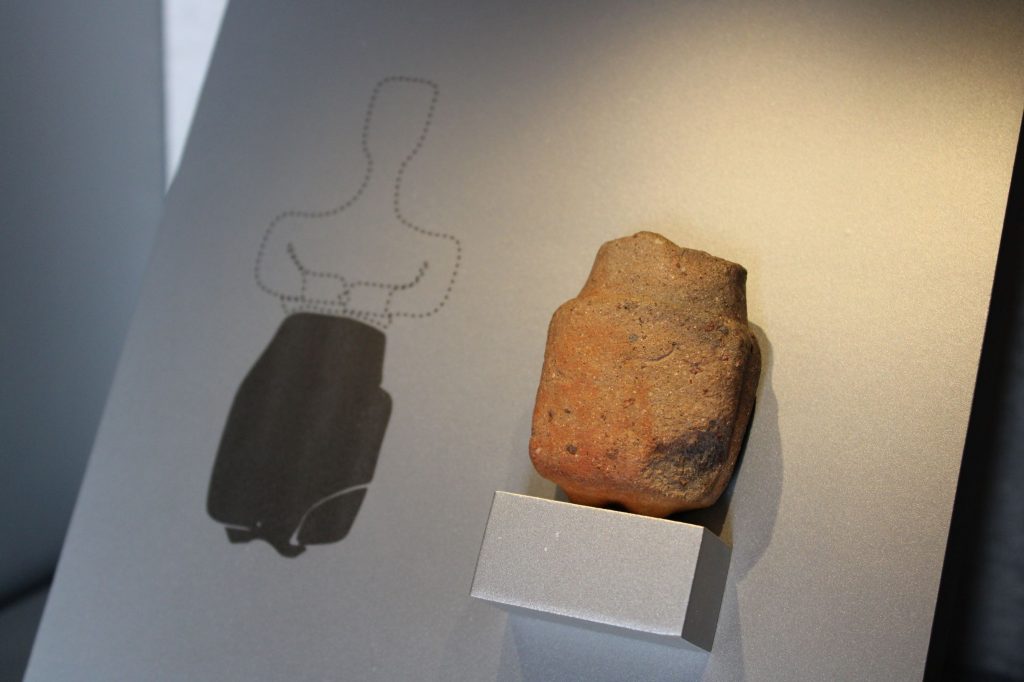
The trail leads to the fragment of a clay figurine found in Mont'Agnese, a place that shows traces of an outdoor location of Neolithic age. The find presumably consists of the lower part of a female idol.
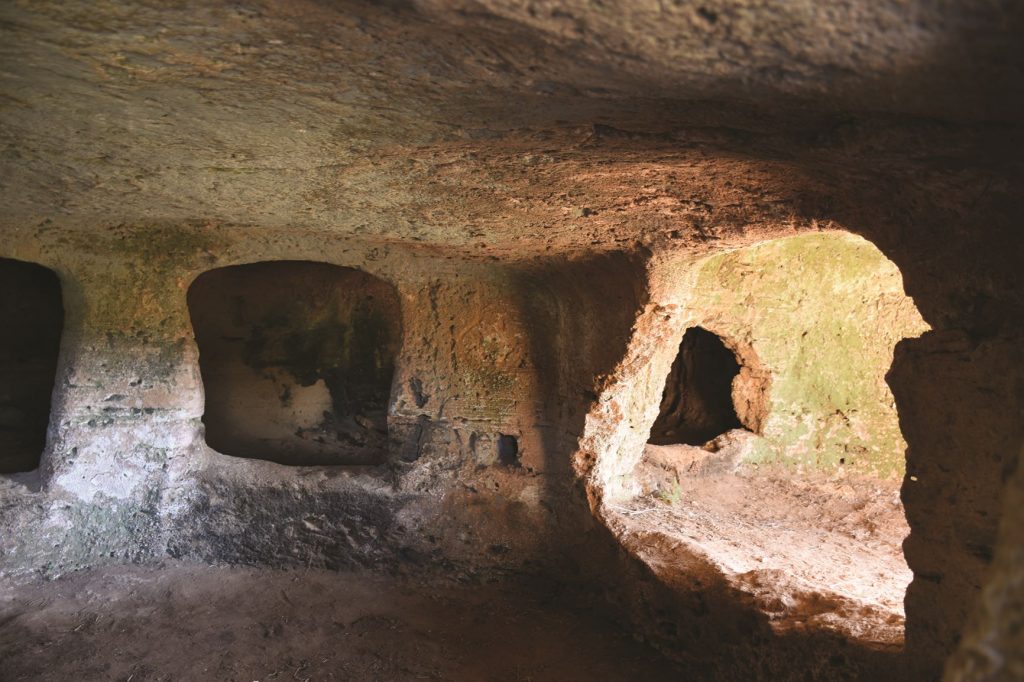
The trail continues with the discovery of the domus de janas present in the territory. Santu Pedru, Anghelu Ruju, Taulera: these hypogeic necropolis date back to the Neolithic period and were likely to have also been used as sacred sites by later cultures.
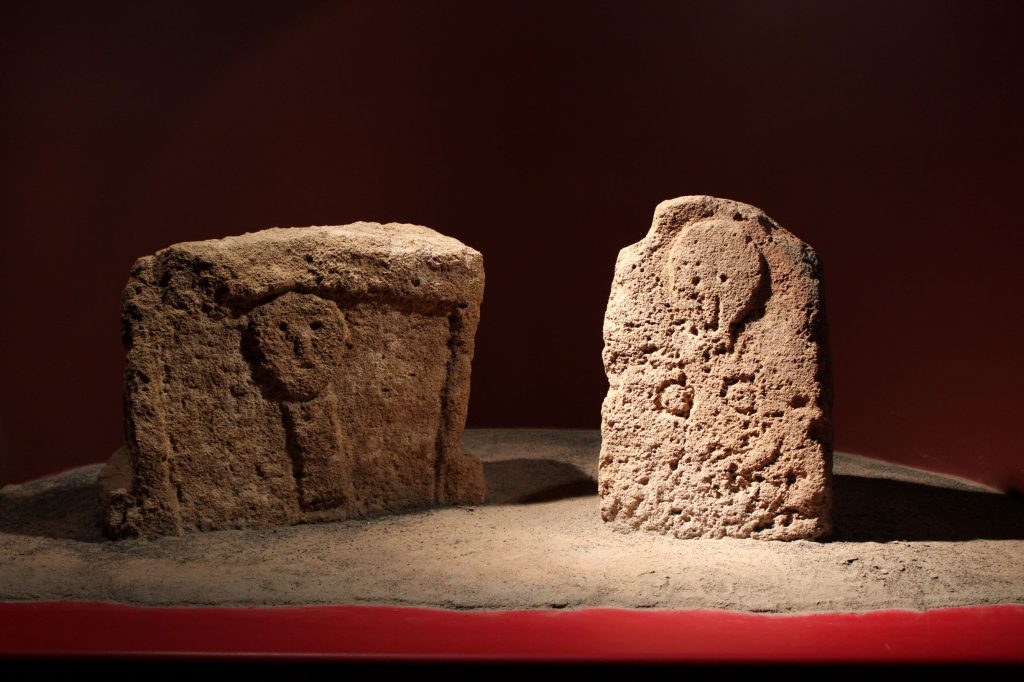
Moving on, we find Punic-Roman sandstone funerary stelae uncovered in the area of Sant’Imbenia. On the surface they both decorated with stylised and schematised designs depicting the deceased.
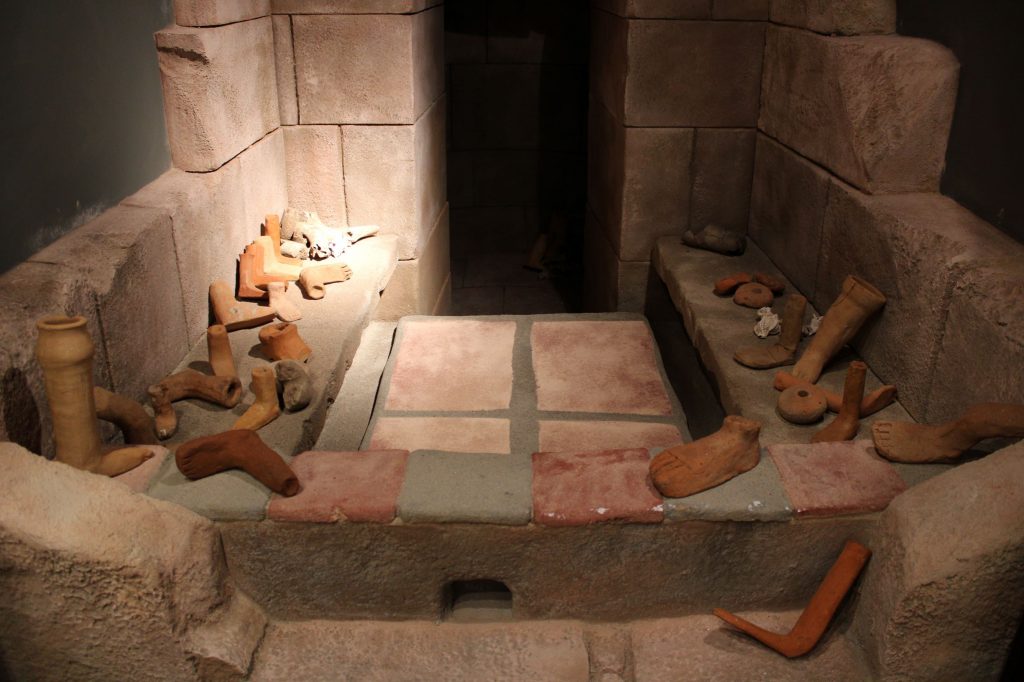
We continue by discovering the sanctuary of La Purissima, which was originally a sacred well dedicated to the Nuragic cult of the waters. Unique in the north-west of Sardinia, it was reused in Roman times in rites related to water and its healing properties.
As a witness to the reuse of the site, the museum houses environmental reproductions of both the Nuragic well and the Roman sanctuary.
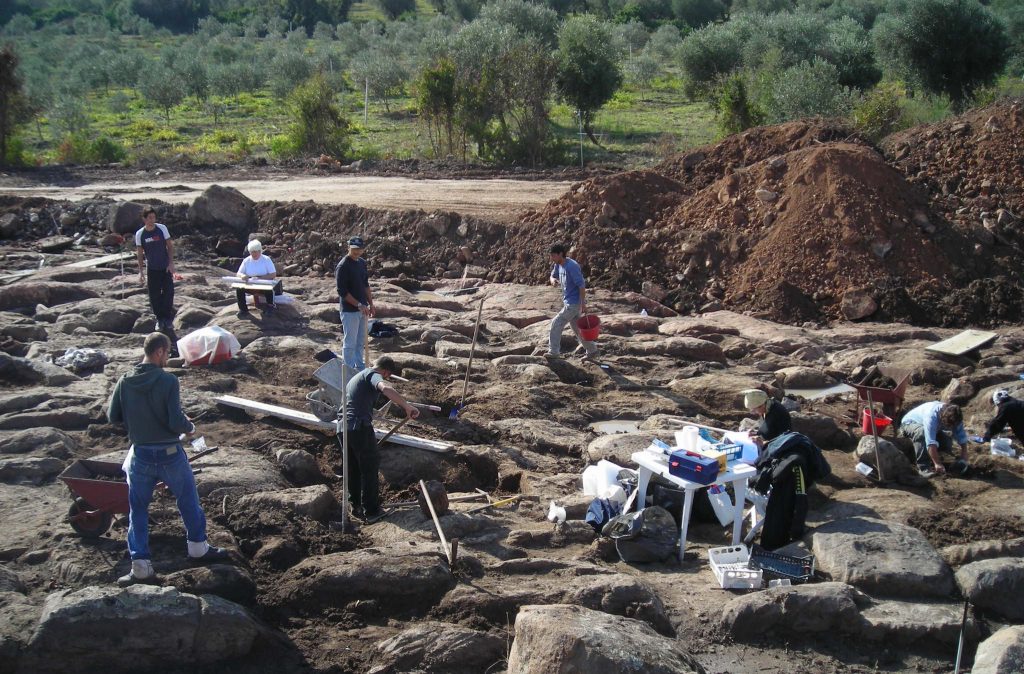
The trail then highlights the extensive Roman era cemetery of Monte Carru, located a hundred metres from La Purissima, where approximately 350 burial sites have been identified, with abundant and generally well-preserved grave goods.
The area between the sanctuary of the Purissima and the necropolis of Monte Carru coincides with the ancient location of Carbia. This site has been documented in the map of the Antonine Itinerary, a register of the places and distances that describes the roads of the provinces included in the Roman Empire.
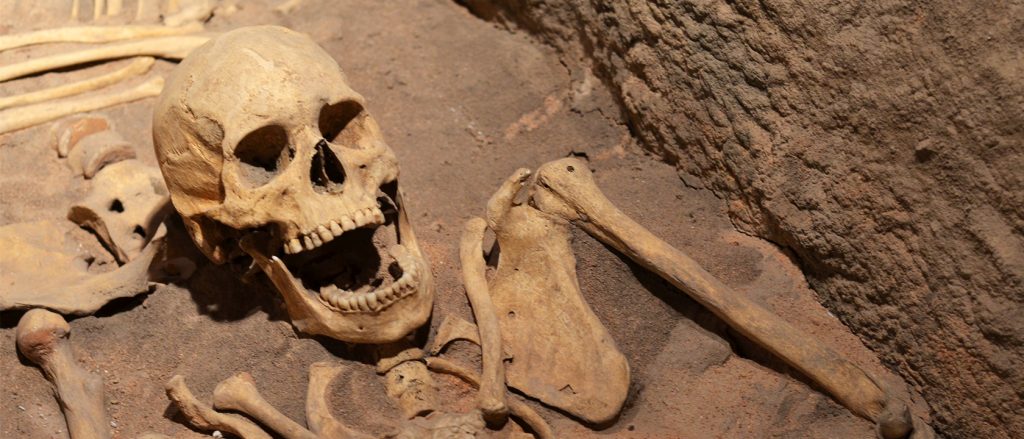
The journey ends with the medieval and post-medieval cemetery of San Michele, presently among the largest burial sites discovered in Italy. The tombs preserve traces of the social history of Alghero featuring a sort of citizens’ biological archive that records testimonies which can be traced back to a period spanning from the end of 13th to the first of the 17th century.
